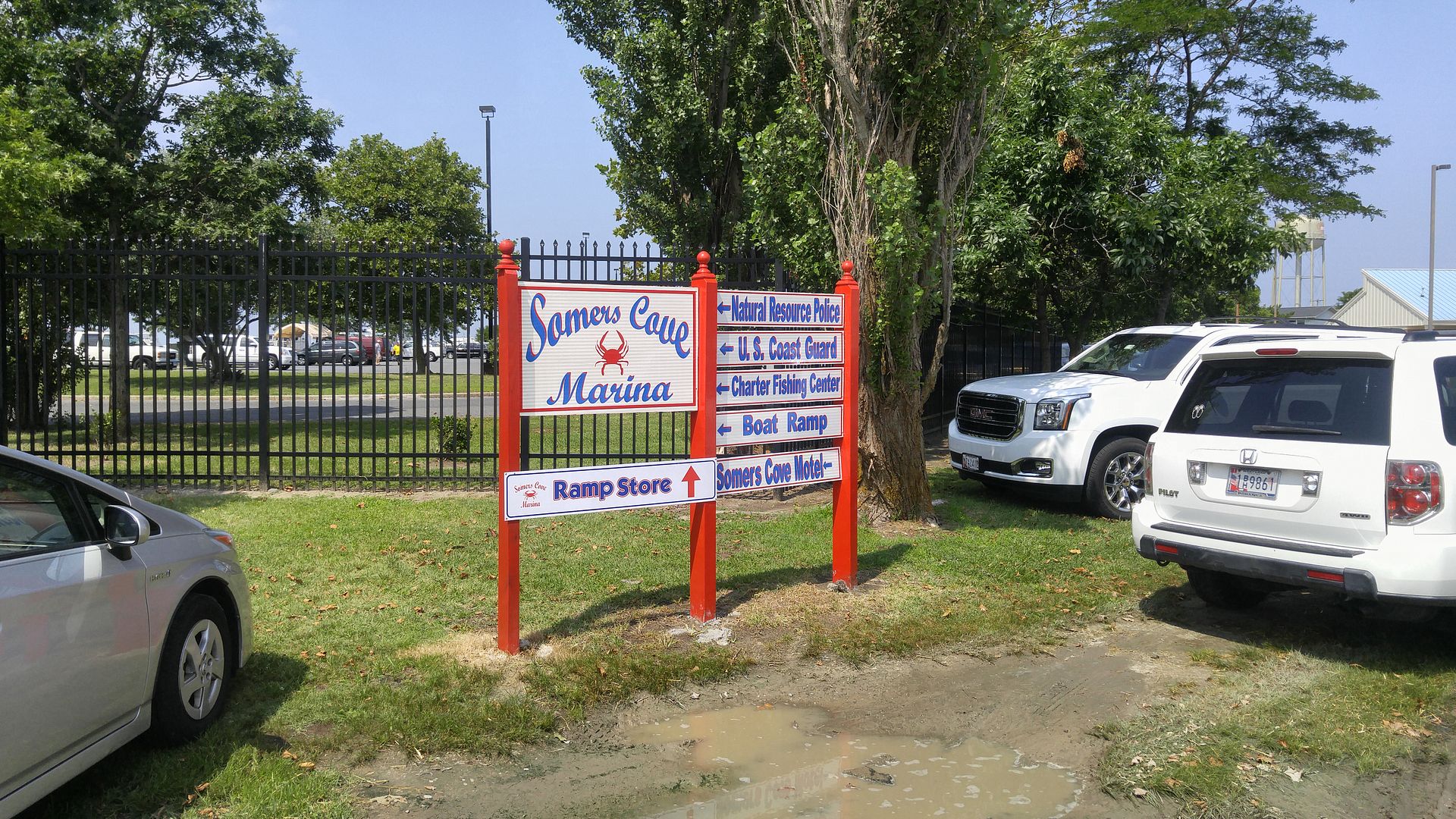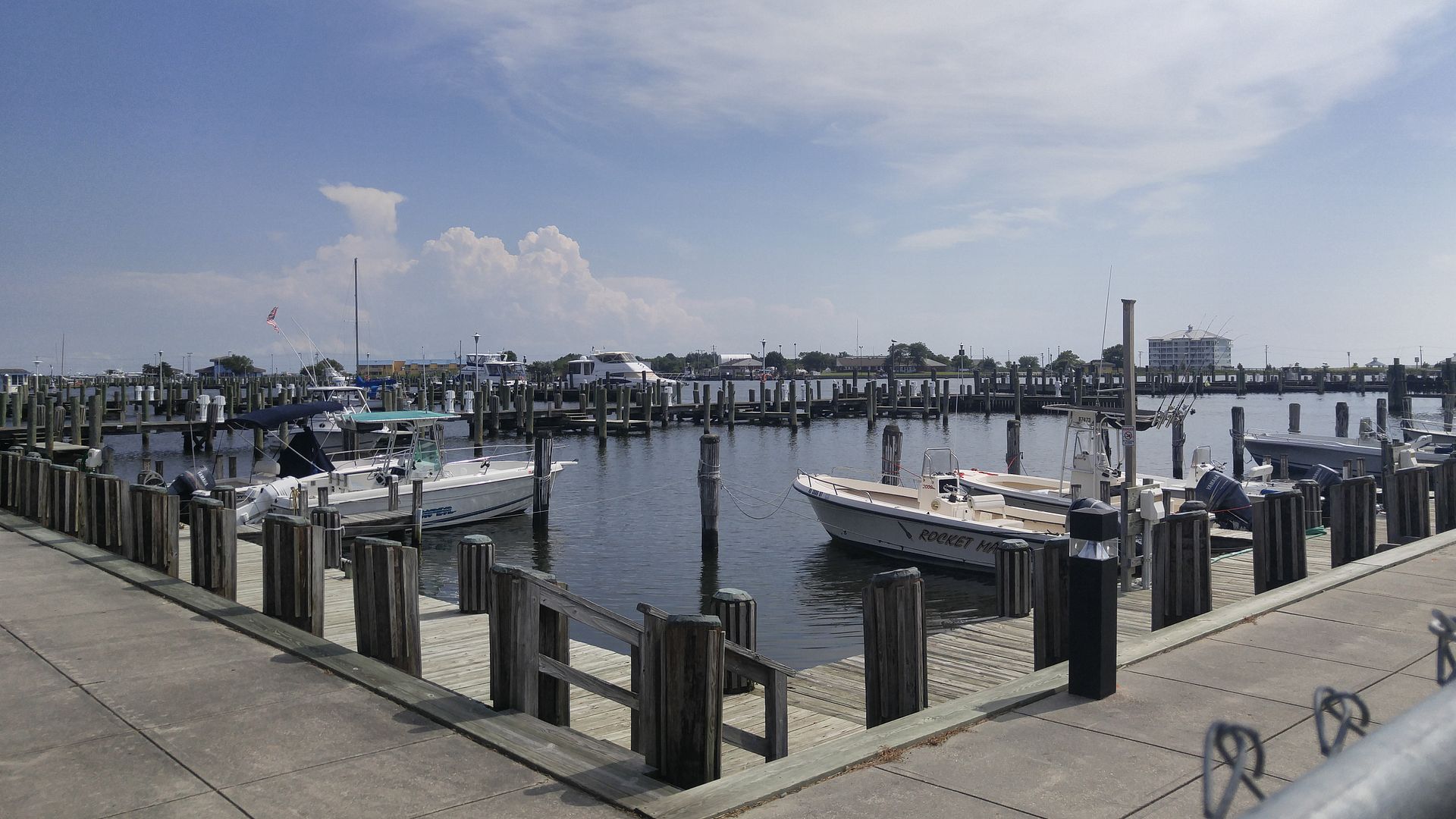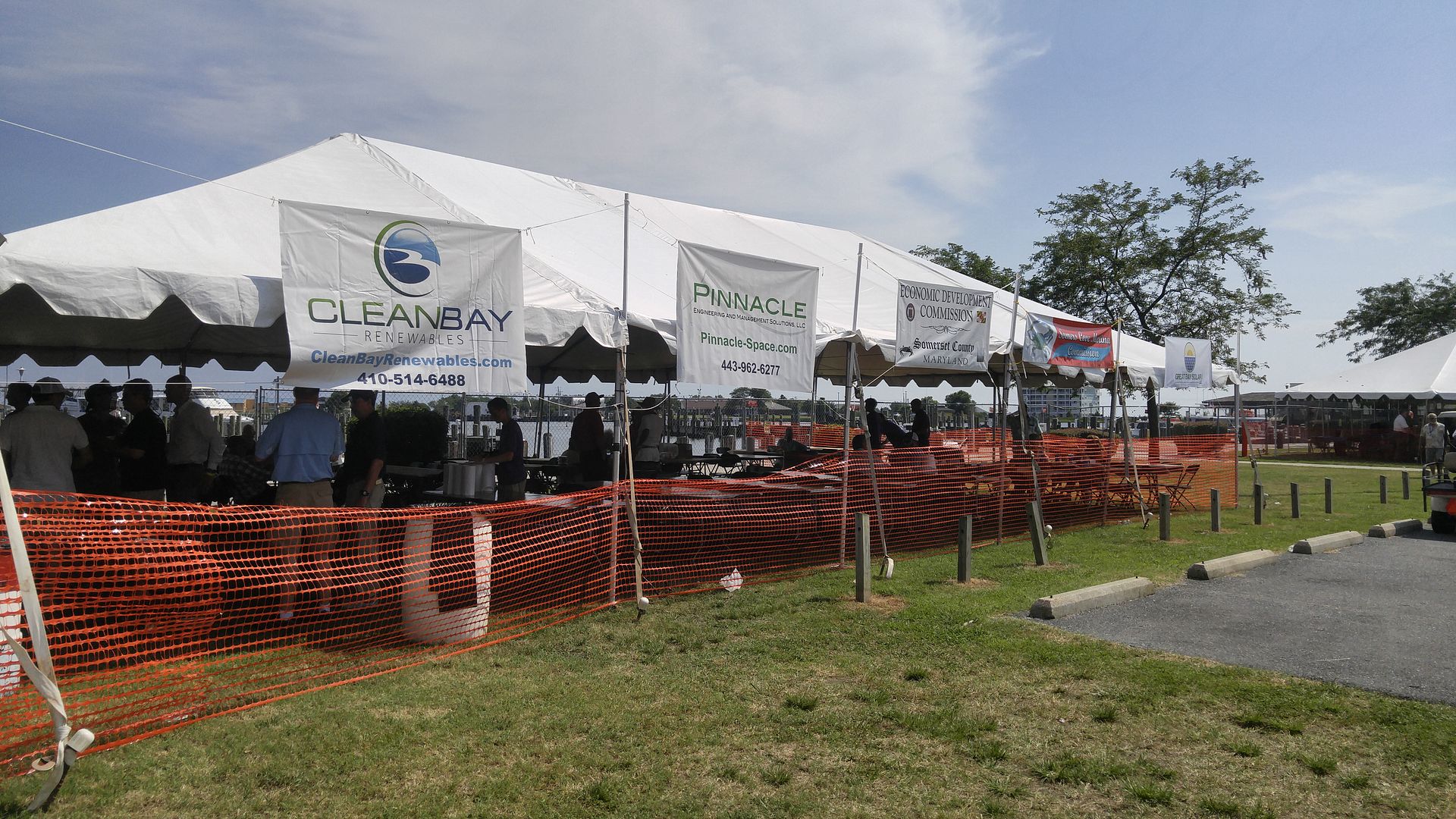The fact that Memorial Day occurs on a somewhat rare fifth Monday of the month this year provided the WCRC with an “extra” meeting this year, and they took advantage by scheduling something that’s becoming a tradition: the annual Legislative Wrapup. All six Republican members of our local delegation (from Districts 37 and 38) were invited – but thanks to a number of calendar conflicts, only two of them came. It was ladies’ night for the delegation as Delegate Mary Beth Carozza and Senator Addie Eckardt gave their accounts of the recently completed session. (Delegate Chris Adams made the attempt to stop by, but came just after we wrapped up.)
So once we did our usual Lord’s Prayer, Pledge of Allegiance, and introduction of distinguished guests, Eckardt got the meeting underway by praising the state’s $42 billion budget, which needed no new taxes for balance. The reason for this was that the Hogan cabinet was finding more efficiencies in their respective departments, enabling the state to become more business-friendly. One way they were doing this was through fee reduction, although Eckardt noted that some Democrats were fretting that fees were getting too low. Yet the budget allowed for a reduction in the structural deficit and did not feature a BRFA, the omnibus bill where spending mandates are often buried. This year’s spending had “full transparency,” said Addie.
But the push to reduce taxation was one goal of the Augustine Commission, explained Addie. Sadly, the broader tax reform package could not pass thanks to the question of passing a package mandating expanded paid sick leave – despite the fact changes to the earned income tax credit would have helped thousands of working Maryland families that I thought the majority party deigned to represent.
On the other side of that Augustine coin, Addie continued, was the idea of being responsive to constituents; to “change the tenor of government.” This went with a drive to bring things to the county level, as Addie noted “local control is important to me.”
One complaint Eckardt had about the session was the “crusade to get the Red Line back.” It led to the passage of what’s known as the “Maryland Open Transportation Investment Decision Act of 2016.” (I call it the “Revenge for Not Funding the Red Line in Baltimore” Act.) While the bill overall is terrible, Eckardt noted it was amended somewhat to give local jurisdictions a little more priority.
And while she was pleased Wicomico County would be receiving an additional $8.7 million from the state for various projects, Addie was more passionate about a series of initiatives to bolster mental health and combat addiction around the state. She was also happy to see the Justice Reinvestment Act pass, which was a bipartisan effort at criminal justice reform. The state was also doing more to address mental and behavioral health, particularly since she claimed later in the evening it took someone who was addicted and incarcerated two years to re-integrate fully. This led to a discussion about what the state and local governments were doing to deal with the issue of homelessness, to which Muir Boda revealed the city of Salisbury would be embarking on a Housing First program modeled after one in the state of Utah.
Between Eckardt’s main presentation and the later discussion about mental and behavioral health issues, we heard Delegate Carozza’s perspective. She began by praising the club for being a group of workers and doers when it came to advocacy, with the optimistic view that “this is our time…Governor Hogan is turning the state around.” But that was a process which would take at least eight years, said Mary Beth. As an aside, she also believed that Kathy Szeliga was “the candidate that can win” the U.S. Senate seat, which would also lay the groundwork for Larry Hogan’s re-election campaign.
Both she and Eckardt, added Carozza, were in the position to support the budget thanks to their respective committees. They could succeed making suggestions for “walling off” funds for supplemental budget proposals, of which there were two or three each year. And while this budget allowed for what Carozza termed “a well-rounded tax package,” only a minor tax break for Northrop Grumman made it through. But the “good news” out of that was that it was making Mike Busch and Mike Miller talk about tax relief, making it a stronger possibility we may see some in 2017.
As for some of her priorities, Carozza was happy to see the bomb threat bill she sponsored make it through the General Assembly in its second try. (A similar proposal was introduced by then-Delegate Mike McDermott in 2013, said Mary Beth.) She commented about how the broad community support, combined with the “sense of urgency” provided by a series of bomb threats making the news earlier this year, allowed the bill to pass easily. Another bill she was happy to shepherd through was the ABLE bill, which allows the disabled to save money for dealing with their medical-related expenses without jeopardizing their means-tested benefits.
She also stressed that killing bad bills was a part of the job as well, citing the defeat of the poultry litter and “farmer’s rights” bills where she praised Delegates Carl Anderton and Charles Otto as they “led the charge” against those measures. Mary Beth also took the unusual step of personally testifying against the assisted suicide bill and worked to amend the sick leave bill to exempt more seasonal employees. On that bill, she predicted “we’re going to see it again next session.”
Even after hearing all that information, we had some business to do, like the treasurer’s report and Central Committee report that Dave Parker delivered. He called the recent state convention the “get over it, people” convention, noting the party seemed pretty well unified afterward. Even local radio host Don Rush had difficulty finding disunity among a group of Republicans who were his guests last Friday, Parker added. On the other hand, “Hillary can’t close the deal” on the Democratic side.
I added my two cents about the convention to his report, pointing out the National Committeeman race was perhaps the biggest bone of contention and that was relatively minor. But the Fall Convention may be interesting because we will be electing a new Chair, and the question is whether it will be someone who will work more for Larry Hogan’s re-election or to bolster the GOP numbers in the General Assembly. A Hogan win, I added, would make redistricting the key focus for the second term – personally, I think we should strive for single-member districts and Eckardt agreed based on its impact to minorities.
Shelli Neal updated us on the Greater Wicomico Republican Women, who would be holding their next meeting June 16 at Adam’s Taphouse. They had two tickets to the Tawes Crab and Clam Bake in Crisfield to raffle off as part of a membership meeting for the newly-christened organization.
Another fairly new creation was the Wicomico Teenage Republicans, which had “a great start of a club” according to Nate Sansom. While their next meeting was slated for this coming Friday, they planned on taking a summer break and reconvening in August once school started back up. With a group of “passionate people, happy to be involved,” Sansom believed his group would focus on statewide campaigns like Kathy Szeliga’s as well as the local We Decide Wicomico campaign for an elected school board.
Representing the statewide College Republicans, their Chair Patty Miller was hoping to reach each county Central Committee at one of their meetings over the next few months and “see what they need from us.” Her first stop will be this week in Calvert County.
Jim Jester reminded us the Crab Feast would be September 10, but stressed the need for more volunteers – particularly to handle admissions and the silent auction.
Shawn Jester pointed out the WCRC Scholarship winners had a brief story in the Daily Times. But, since the subject was volunteering, he was also looking for people to help out at Third Friday, which we missed this month because no one was available. On that note, a signup sheet was passed around. (We will also need help for upcoming events such as the Wicomico County Fair, Good Beer Festival, and Autumn Wine Festival.)
After all that discussion, and seeing that we had a legislative update where the topic wasn’t addressed, I added one thing to the conversation. General Assembly Democrats sponsored a large number of bills this year that mandated spending. To me, this is an effort to handcuff Larry Hogan when it comes to budgeting but also leaves less room for tax reform. Many of these bills may become law without Hogan’s signature, but they will be law just the same. It’s an issue that I think needs a strategy to address, perhaps a reverse BRFA to eliminate mandates.
We are going to try and get the guys who didn’t show up this month to come to our June meeting, so stay tuned. It will be June 27.



















